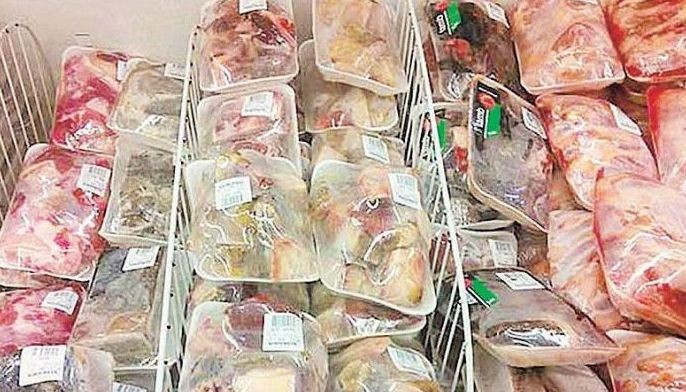MANILA, Philippines — The country’s meat imports in the first half grew by almost 10 percent year-on-year, driven by higher purchases of chicken meat and pork to meet the growing domestic demand for animal protein.
Latest Bureau of Animal Industry (BAI) data showed that meat imports from January to June hit 647,745 MT from last year’s 590,766 MT.
BAI data showed that the increase in meat imports was driven by higher inbound shipments of key meat products like chicken meat, pork and beef.
Chicken meat imports rose by four percent year-on-year to 221,599 MT from 212,812 MT, driven by higher purchases of mechanically deboned meat, a key raw material used by meat processors for the manufacturing of products like hotdogs and meatloaf.
Pork imports, which accounted for nearly half of the total meat purchases abroad, expanded by 10 percent to 316,995 MT from 286,275 MT.
The country continued to turn to foreign supplies to augment its domestic stocks of pork as the local hog industry continues to reel from the threats of African swine fever (ASF).
The US Department of Agriculture – Foreign Agricultural Service in Manila earlier projected that the Philippines would be importing 480,000 MT of pork this year to boost its supplies as domestic output would remain lackluster amid the ASF scare.
Beef imports, meanwhile, rose by 30 percent year-on-year to 84,919 MT from 65,676 MT on the back of higher beef cut purchases.
Industry stakeholders have earlier noted that local beef demand is steadily growing across all classes as people’s income increases.
The industry earlier noted that consumers have been looking for cheaper alternatives to pork, such as chicken and perhaps now beef.
Turkey meat imports grew to 722.53 MT from 112.92 MT last year.
BAI data showed that imports of meat of duck, lamb and buffalo all contracted year-on-year during the reference period.
Buffalo meat imports fell by 8.7 percent to 23,095 MT from 25,304 MT while lamb meat declined by 22.4 percent year-on-year to 327.38 MT. Duck meat imports, meanwhile, plunged by 47.4 percent to 85.85 MT from 163.34 MT.


